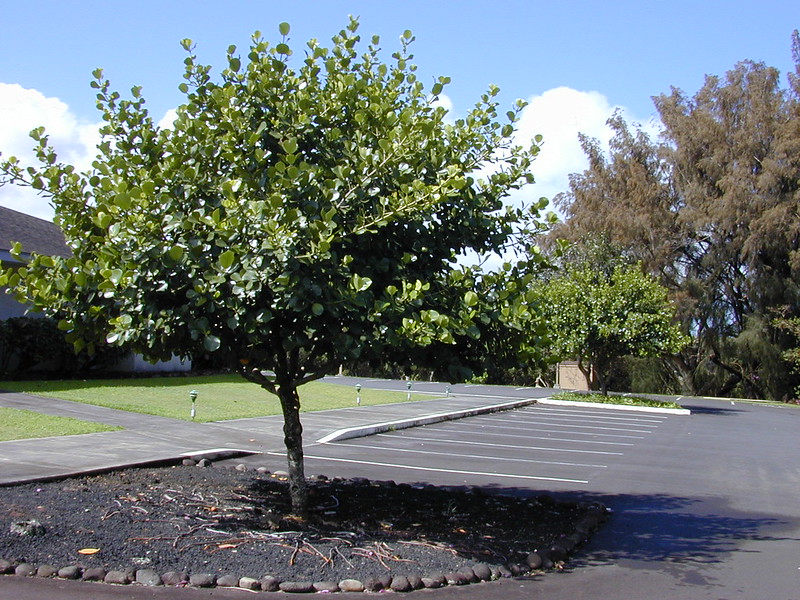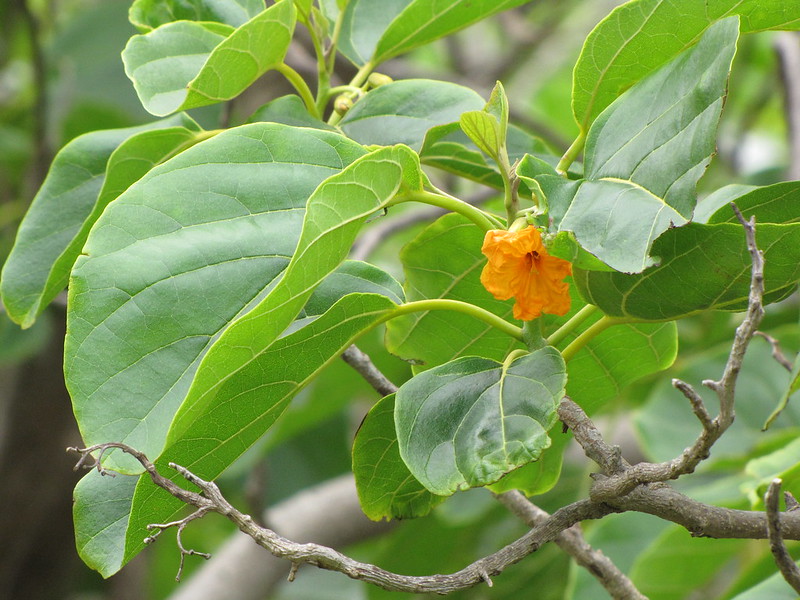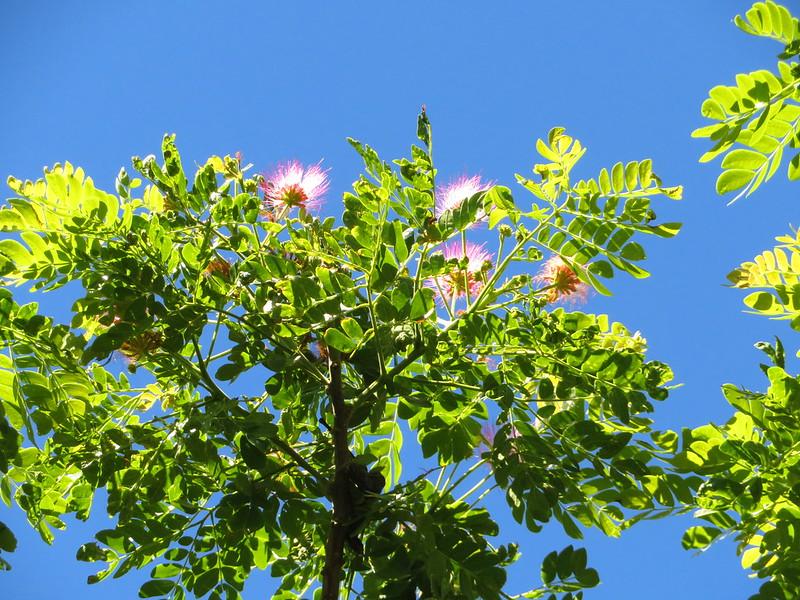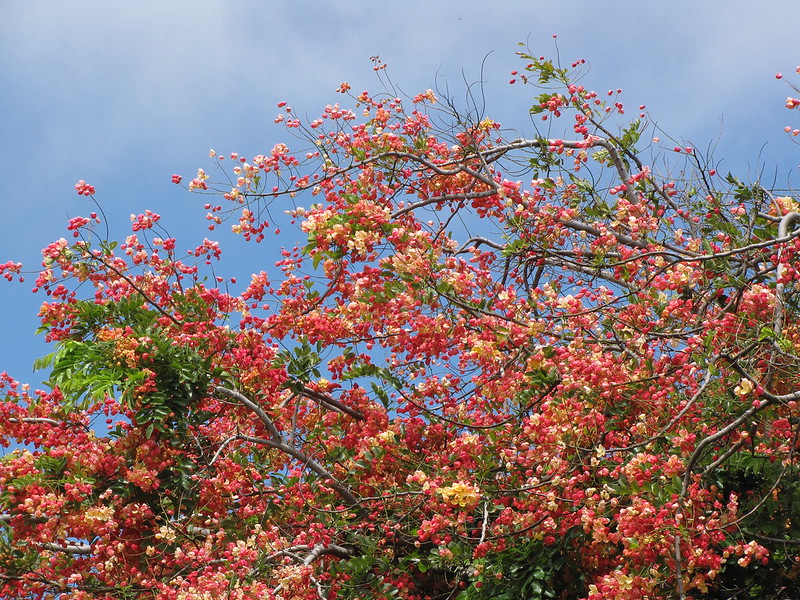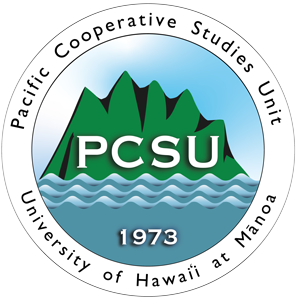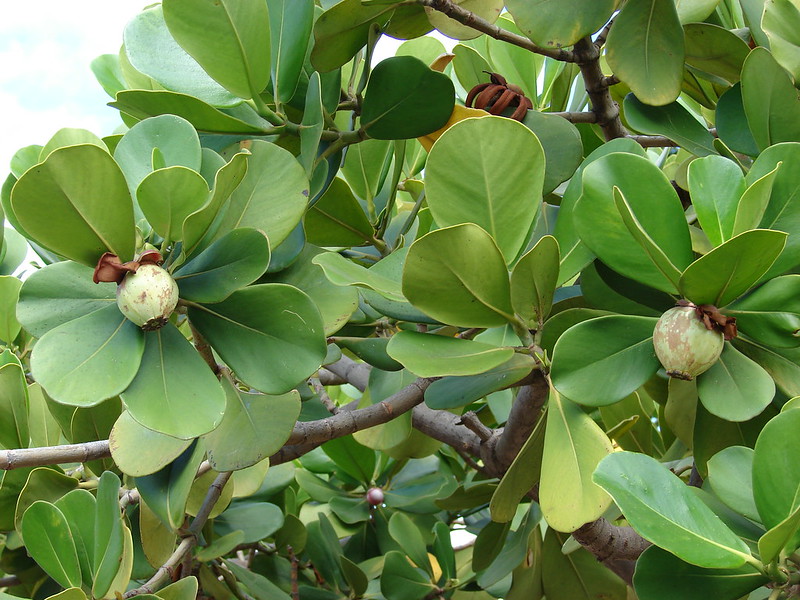
Autograph Tree
DO NOT PLANT: HPWRA Score: 9, High-Risk
Native to the Caribbean, autograph tree (Clusia rosea) thrives in Hawai‛i’s climate. First documented as naturalized in 1934, this remains a commonly used landscaping tree even as it invades both cultivated and disturbed sites. It quickly escapes cultivation where it can epiphytically strangle host trees. This species then forms dense thickets effectively shading out other species, as can be seen along the Ha’ena Beach hike in East Hawai’i. It reaches reproductive age in less than three years. The seeds are produced at a rate of more than 1,000 seeds per square meter per year which are bird-dispersed. At this time, there are no known management techniques making eradication and control almost impossible. All these factors land the autograph tree on Hawai`i’s Most Invasive Horticultural Plants list.
Impacts:
- Shade tolerant
- Grow as an epiphyte until it parasitizes its host
- Forms dense thickets & shades out other species
- Seeds spread by birds
- As a hemiepiphyte, this tree can grow as an epiphyte or from the ground.
- Difficult to control and remove
Description:
- Smooth green leaves are about 6″ by 5″ and arranged opposite each other
- Pinkish flowers are short-lived and have approximately 6 to 8 petals.
- Scarring on the leaves remains persistent long after writing, hence its common name.
- Seed capsules split open revealing many red seeds
- Can reach heights of 65 ft
